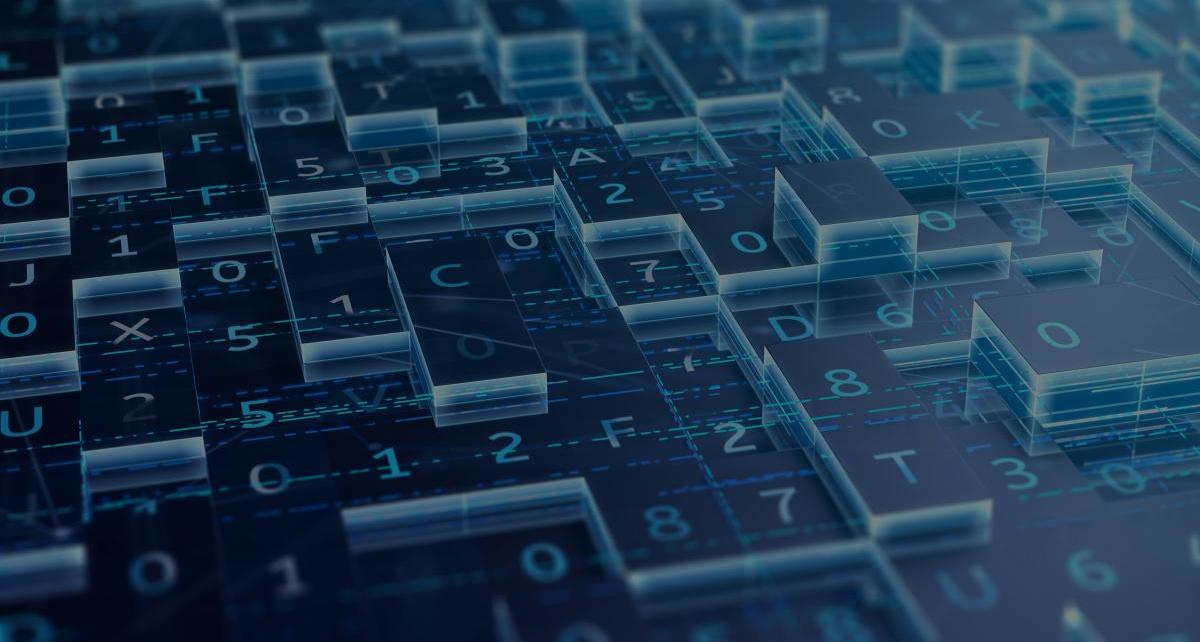
Securities tokenisation in Guernsey
We have seen growing interest over the last year in tokenisation of securities. In this briefing, we set out what tokenisation is (and isn't), how it works, how we think it is likely to change the funds industry, and how Guernsey is well placed to be at the forefront of this revolution.
Many billions of assets under management have already been tokenised. High profile managers such as Franklin Templeton, Abrdn, KKR, Mitsui and Hamilton Lane have already launched tokenised products. Whilst there is no doubt that this is a nascent space, and these assets still represent a tiny percentage of the funds industry, we expect this area to grow exponentially in the coming years.
What is tokenisation?
Tokenisation is the digital representation of "traditional" financial assets (e.g. bonds, equities, real estate, private equity, venture capital) on a blockchain infrastructure. Transactions in – and thereby ownership of – those assets are recorded on a decentralised ledger (a blockchain).
It also helps to understand what tokenisation is by understanding what it is not:
- It isn't a "new" asset. By tokenising an asset, you aren’t creating a new asset; you are simply recording the information about who owns those assets on a new infrastructure.
- It isn't crypto. However, it is similar to crypto in that – like crypto – tokenisation uses blockchain infrastructures to record transactions in those assets and, thereby, ownership.
So tokenisation is really nothing more than a shift in the infrastructure on which ownership data and transaction records are stored.
Consider the origin of banking, where a customer's assets (i.e. notes and coins) were physically stored, together with the bank's ledger of who owned what, in a bank vault.
With the arrival of the digital age, these records were computerised, likely stored initially on individual computers within a bank branch, then on a server held at a bank's central data storage facility. In time, the data shifted to the cloud, where banks effectively rented storage space on servers held in warehouses.
Up to now, however, the banks (or whichever financial institution maintains the ledger) held onto this data in whichever medium it chose. If you wished to move to another service provider, some form of transfer of data to the new service provider's storage system was required.
The leap that tokenisation makes is that the data are stored on a decentralised network where no-one "holds" the data like before. The blockchain becomes a single store of information – a "single source of truth". The service providers now access the data, rather than holding it.
Permissioned Tokens
The development of permissioned tokens and digital identities is a fundamentally important development. Permissioned tokens can only be sent or received based on the verified credentials of investors’ digital identities. This key feature facilitates the compliance necessary for financial assets to exist on the blockchain.
For example, if the attributes of a token are that it can only be held by a non-US investor who has satisfied the AML requirements of a Guernsey fund, that token cannot be transferred to a digital “wallet” unless the digital identity with which that wallet is associated has been appropriately permissioned. What this means in practice is that an appointed agent – i.e. the local administrator – will determine whether the relevant prospective investor has satisfied those criteria, whitelist their digital identity accordingly, and thereby permit a transfer of the token to that investor’s wallet linked to the digital identity.
It is the ability to develop bespoke "smart contracts" which impose specific restrictions on the tokens (which mirror the current "real world" steps and restrictions on transactions in the securities) which we think marks a paradigm shift in this area. The tokens can be subject to exactly the same compliance oversight as is currently the case, whilst benefitting from the advantages that the blockchain offers.
What does the future hold?
Nothing, of course, can be predicted with absolute certainty. However, we think that tokenisation is likely to become mainstream, and fairly soon.
We see the principal benefits being:
- Efficiency. A single source of data means the elimination of duplicative, labour intensive and error strewn data inputting. Currently document intensive processes such as AML and KYC can be streamlined.
- Elimination of counterparty risk. The use of smart contracts with instant settlement means the elimination of counterparty risk, meaning less need for central counterparties and reduced collateral requirements.
- Expanded investor base. The ability to "fractionalise" the tokens (i.e. break them down into smaller and smaller pieces) together with streamlined KYC processes and simpler transfers means both smaller investment sizes and increased liquidity are possible on what have hitherto been highly illiquid assets, which in turn increases the pools of capital (mass affluent, retail) managers may access.
To use Guernsey’s funds industry as an example, we have a significant percentage of closed-ended funds, typically structured as limited partnerships with large minimum investment sizes and very little liquidity in the partnership interests. Tokenisation would facilitate smaller minimum investments, whether into the main fund itself or via feeder vehicles specifically set up for such investors. Such feeder vehicles could be established by the manager or financial institutions providing access products for their private wealth clients. Tokenisation also offers the promise of increased liquidity by enabling the holders of the tokens to conduct peer-to-peer transfers with a whitelisted counterparty, if the issuer enabled the secondary trading options. They can find counterparties by making buy or sell offers on platform-based bulletin boards to other investors or to the wider network.
There are also potential benefits for the granting and enforcement of security – perhaps transferring tokens to digital "vaults" held by the lender or, in the case of closed-ended commitment-based funds, splitting undrawn commitments into a distinct token from the drawn commitments and then granting the lender conditional rights such as the ability to see drawdowns and step in and prevent further drawdowns upon a default using smart contracts.
We simply can't predict all of the benefits which tokenisation might being; they will become more and more apparent as the technology becomes more mainstream. The best analogy is perhaps the internet, which has grown to become an essential part of the modern world due to applications which we could not possible have imagined when the world wide web was created.
How is Guernsey placed?
Guernsey is ideally placed to benefit from tokenisation, due to the potential access benefits for Guernsey's large closed-ended funds industry (currently illiquid with high capital investment requirements), and its legal and regulatory environment.
Guernsey's recently passed Lending, Credit and Finance (Bailiwick of Guernsey) Law, 2022 makes clear that tokens are not "virtual assets" and fall outside of that law, regulated instead as ordinary securities (i.e. as they are now), since they are "… digital representations of … general securities and derivatives … and other financial assets".
Also, the Electronic Transactions (Guernsey) Law, 2000 and the Electronic Transactions (Electronic Agents) (Guernsey) Ordinance, 2019 were specifically passed to facilitate electronic business, the use of electronic documents and process, the storage of information in electronic form and the enforceability of a contract carried out by means of an "electronic agent", all of which facilitate the shift to tokenisation.
We therefore think that there is no need to alter Guernsey's laws to recognise tokens as property and permit the full benefits of tokenisation.
Watch our recent seminar
We recently invited Daniel Coheur (co-founder & CCO of Tokeny, an industry leading provider of tokenisation solutions), to Guernsey to talk to representatives of the Guernsey funds industry on the technology and opportunities of tokenisation.
Click here to watch the presentation.
Contact us
If you would like to find out more, please feel free to contact us.
Glossary
What is a "blockchain" and what is "distributed ledger technology"?
A blockchain is a decentralised digital ledger. This ledger records transactions across a peer-to-peer network of computers ("nodes"). It consists of a "chain" of "blocks", where each block contains a list of transactions. The transactions are secured using cryptographic algorithms, intended to ensure their integrity and their immutability. Each block contains a unique identifier (a "hash") and references the previous block, thereby forming a continuous chain – hence the portmanteau "blockchain".
The distributed nature of the blockchain (hence "distributed ledger technology" and it being "decentralised") means all participants can have access to the same information, thereby ensuring transparency. Nobody holds the data; rather, they are granted permissioned to view and amend it.
What is a "smart contract"?
"Smart contracts" are lines of code that permit the automatic execution of a specific action when specific conditions are satisfied – a simple example being a delivery-versus-payment transaction: the asset will automatically be transferred when – and only when – payment is made. Smart contracts can specify rules, like a regular contract, and automatically enforce them via the code.



